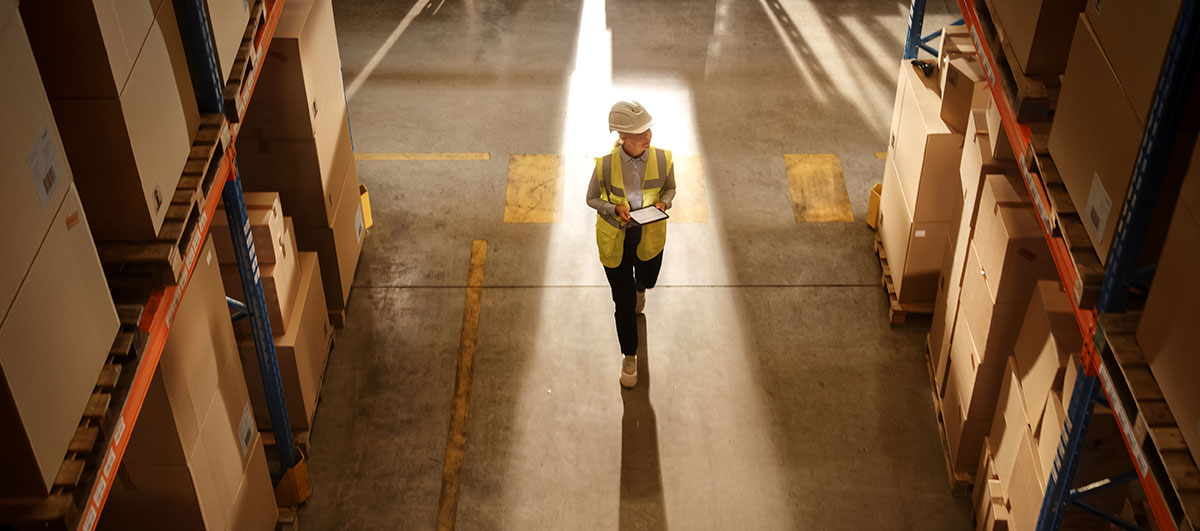Summer Roof Checkup: 10 Frequently Overlooked Items That Deserve Your Attention

Given that your facility's roof serves as the primary protection for your business operations, it may require repairs or maintenance to ensure it's performing at its best and is 100% watertight. Numerous defects with commercial roofs often remain undetected for an extended period of time, escalating into significant damage. Let's explore these frequently overlooked items that may be lurking just above you.
1. Water Stains, Leaks and Musty Odor: When water intrusion into your building is not actively interrupting your business operations, ignoring a ceiling stain or a small leak may be tempting. However, as more and more rainwater channels through that minor vulnerability in your roof, the larger it will get, bringing significant damage and deterioration over time. Additionally, outside pollutants, bacteria and mold growth may create unsafe working conditions for your staff and damage your equipment and inventory.
2. Standing Water on Your Roof: Proper drainage is crucial for the health and performance of your facility's roof. If you notice standing water on your roof, something may need to be fixed or cleaned. Ensure the roof has a well-functioning drainage system.
3. Flashing Condition: Every rooftop projection from a vent to an HVAC unit can become a point of entry for rainwater if the flashing fails. Inspect the flashing around pipes, vents and other roof projections to ensure they are properly sealed and in good condition.
4. Signs of Damage: Check for any visible signs of damage such as cracks, blisters, punctures or tears in the roof membrane. Repairing those items at an early stage will prevent them from snowballing into larger, more expensive damage.
5. Loose Sections or Blow-Off: Particularly after a high wind event, parts of your roof membrane could be compromised due to a phenomenon called "wind uplift". Loose or missing sections will expose the rest of your roof installation to the elements, generating additional damage. In built-up roofs (BUR), strong winds can lead to a phenomenon known as "wind scouring," which involves the gradual erosion of gravel in specific areas. This issue is frequently disregarded until it progresses into a more significant problem.
6. Missing, Damaged or Wet Insulation: Check for any wet or damaged insulation as it can impact energy efficiency and the roof's overall performance. Additionally, moisture build-up may create favorable conditions for mold or fungi growth.
7. Safety Hazards: Check for any potential safety hazards such as debris, unsecured equipment, unstable guardrails, obstructed roof access or slippery conditions due to algae growth. All risks must be eliminated to ensure the safety of anyone accessing your roof and everyone below. Check out this page to learn more.
8. Unwanted Vegetation Growth: When winds bring debris and soil to your roof, you may notice vegetation taking root on its surface. Unfortunately, it may cause problems. Plant root systems may damage your roof membrane as they grow by penetrating and enlarging small cracks. Additionally, dry vegetation may become a fire hazard.
9. Skylight Integrity: Inspect the condition of your skylights, including seals, frames and flashings, to prevent water leaks. Skylight covers may also be recommended for safety purposes.
10. Roof Perimeter and Edge Details: Assess the condition of the roof perimeter and edge details to prevent water intrusion and potential damage.
What If I Don't Have Time or Resources to Check My Roof?
Keeping an eye on all these items while running your daily operations could be daunting. Commercial roofs must be adequately maintained to maximize their life and performance. Every year, your roof is exposed to temperature extremes, storms, damaging UV and other factors that may cause gradual material deterioration. Through bi-annual preventative maintenance, you can maximize the life of your roof and catch minor damage before it escalates into considerable repairs. Reach out to schedule or discuss your customized preventative maintenance options.
When you subscribe to the blog, we will send you an e-mail when there are new updates on the site so you wouldn't miss them.
